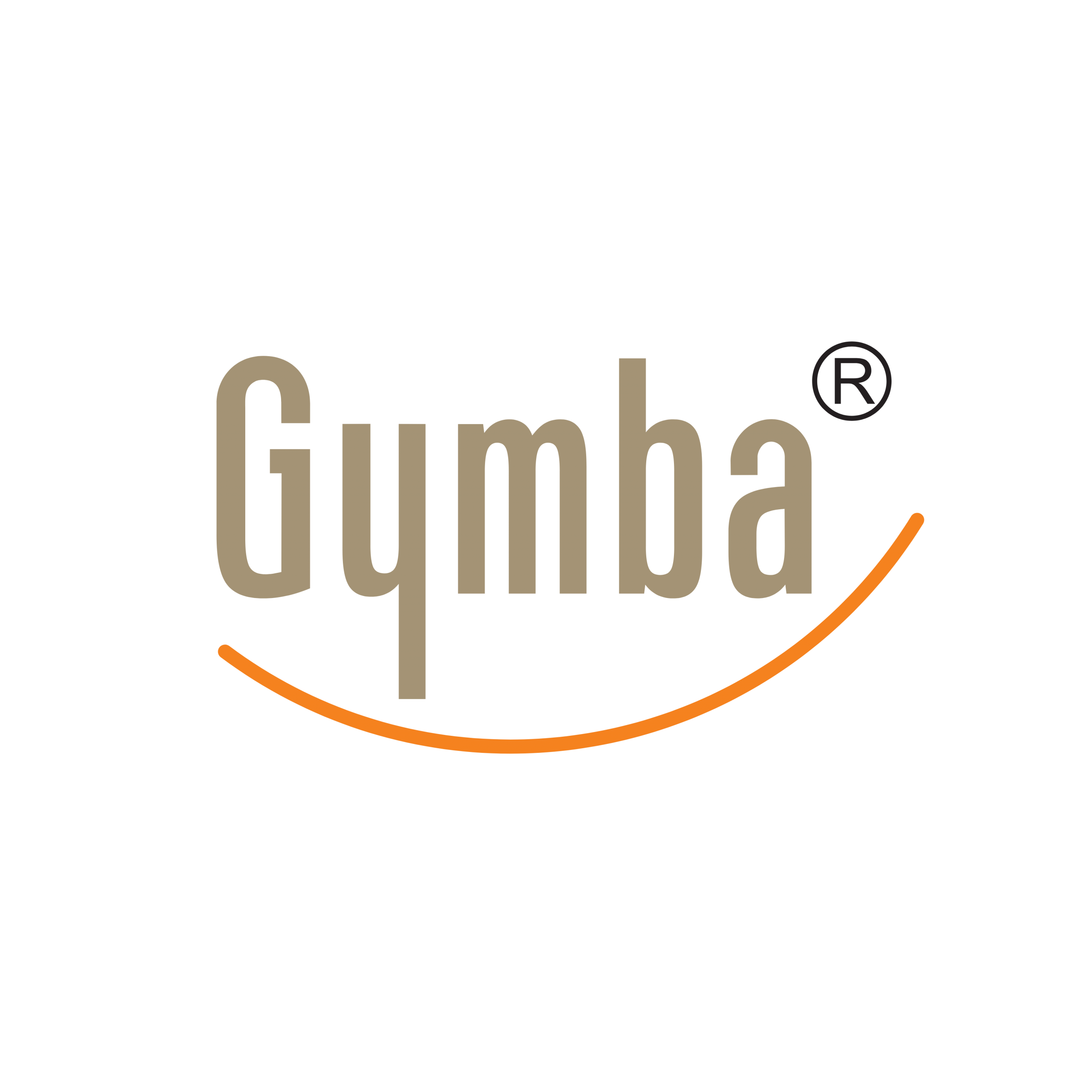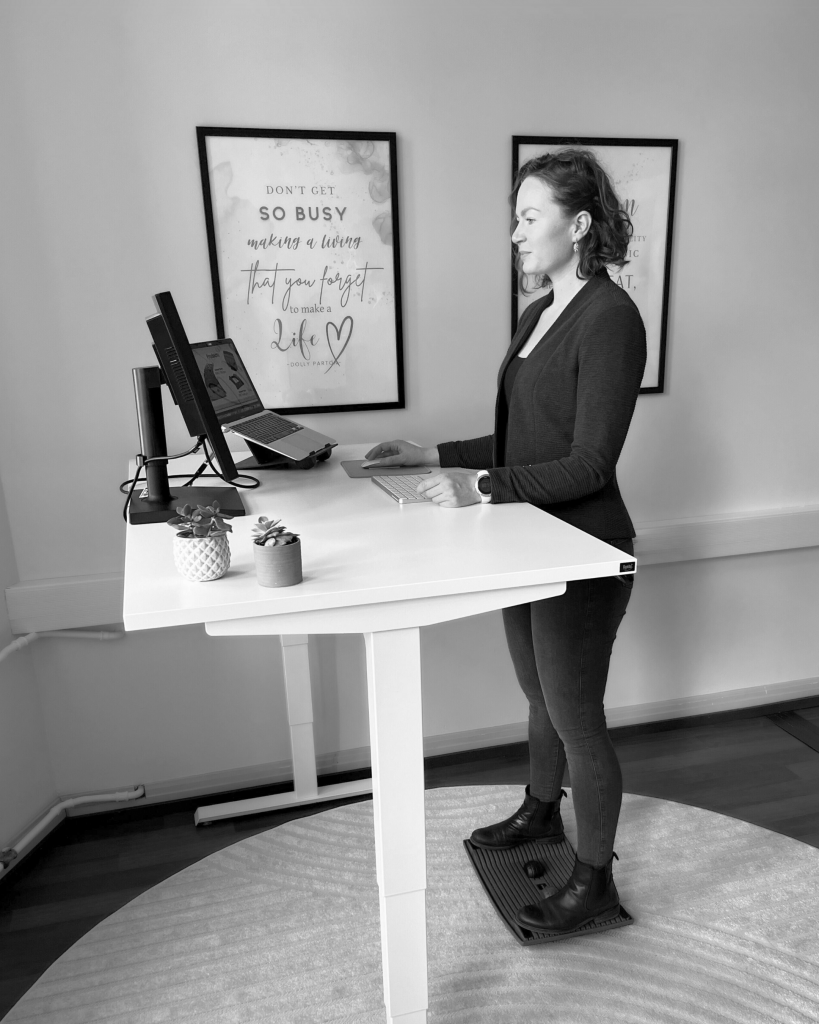Long hours at your desk don’t have to mean sacrificing your physical wellbeing. For many office workers, remote employees and students, sitting for extended periods is an unavoidable reality of modern work life. But the good news is that you can maintain your health and boost your productivity by incorporating simple movement strategies throughout your workday. Whether you’re using an ergonomic desk for comfortable workspace setup or looking to enhance your current workspace, these practical tips will help you stay active and energized without disrupting your workflow.
Why movement matters during desk work
Our bodies simply aren’t designed for prolonged sitting. When we remain stationary for hours at a desk job, our metabolism slows down, muscle activity nearly stops, and blood circulation diminishes. This inactivity triggers a cascade of negative effects, including stiffness in your neck and shoulders, lower back pain, and decreased energy levels.
What’s particularly concerning is how sitting affects your overall health. Regular physical movement helps regulate blood sugar, maintains healthy blood pressure, and keeps your musculoskeletal system functioning properly. Even small, consistent movements throughout your workday can counteract many of these issues.
The mental benefits are equally important. Brief movement breaks can sharpen focus, enhance creativity, and reduce stress levels. They provide your brain with fresh oxygen and stimulation, preventing the mental fog that often accompanies long periods of sedentary work.
Simple movement breaks for busy days
You don’t need to schedule full workout sessions to combat the effects of sitting. Even 1-5 minute movement breaks can make a significant difference to your physical wellbeing. Try incorporating these quick exercises throughout your day:
- Desk stretches: Reach your arms overhead and gently lean side to side. Follow with shoulder rolls (forward and backward) and gentle neck stretches in all directions.
- Standing calf raises: While on a conference call, rise onto your toes and lower back down. Repeat 10-15 times.
- Seated spinal twists: Place your right hand on your left knee and gently twist to look over your left shoulder. Hold for 10-15 seconds, then switch sides.
- Posture reset: Sit tall with your shoulders back, then draw your shoulder blades down and together. Hold for 5 seconds and release. Repeat 5 times.
- Ankle circles: Lift one foot slightly off the ground and rotate your ankle in circles. Do 10 rotations in each direction, then switch feet.
Set a timer to remind yourself to move every 30-60 minutes. Even a quick trip to fill your water bottle or a brief standing stretch can reset your posture and reactivate your muscles.
How can you make standing work better?
Standing desks have become increasingly popular, but simply standing still all day creates its own set of problems. The key is to incorporate dynamic movement while standing.
Using a standing desk balance board for active movement can make a tremendous difference in how you experience standing work. These specially designed boards encourage subtle movement and weight-shifting, activating your core muscles and improving circulation while you work.
Here are some techniques to make your standing time more effective:
- Alternate your weight from foot to foot every few minutes
- Use a standing desk mat or balance board to reduce fatigue and encourage natural movement
- Maintain proper posture with your screen at eye level and elbows at approximately 90 degrees
- Try “active standing” where you consciously shift positions and do small movements rather than standing completely still
- Start with shorter standing periods (20-30 minutes) and gradually increase as your body adapts
If you experience fatigue while standing, it’s often because you’re remaining too static. Incorporating these dynamic standing techniques will help you enjoy the benefits of standing without discomfort.
Creating an active workspace setup
Your physical environment significantly influences how much you move throughout the day. Consider these adjustments to create a workspace that naturally encourages movement:
- Position your desk near a window or interesting view that encourages you to look up and change your focus regularly
- Place items you frequently use just beyond arm’s reach so you naturally stretch to retrieve them
- Add standing desk essentials for ergonomic positioning like a laptop stand, an anti-fatigue mat or balance board to make standing comfortable
- Create a dedicated stretching corner with space for quick movement breaks
- Consider using a wireless headset for calls so you can walk and talk
The most effective active workspaces combine high-quality ergonomic furniture with thoughtful placement of everyday items. Your goal is to create an environment where movement feels natural and convenient rather than a disruption to your workflow.
Building sustainable movement habits
Creating lasting change requires turning movement into an automatic habit rather than something you need to remember. Here are strategies that help make movement part of your natural workday routine:
- Habit stacking: Attach movement to existing habits, such as doing five stretches every time you send an important email
- Use environmental triggers: Place visual reminders like a water bottle or small exercise equipment within eyesight
- Set realistic movement goals: Start with just 2-3 movement breaks daily and gradually increase
- Find movement allies: Encourage colleagues to join you for “walking meetings” or synchronized stretch breaks
- Track your progress: Use a simple app or journal to record your movement breaks and celebrate consistency
Remember that small, consistent actions create meaningful changes over time. Even modest increases in daily movement can significantly improve how you feel at the end of your workday.
At Gymba, we understand the challenges of staying active while working at a desk. That’s why we’ve designed our ergonomic products to make movement an effortless part of your workday. From our specially designed balance boards to our comprehensive workspace solutions, we’re committed to helping you create a healthier, more active work environment without sacrificing productivity.

